tour de france
mondial magazine
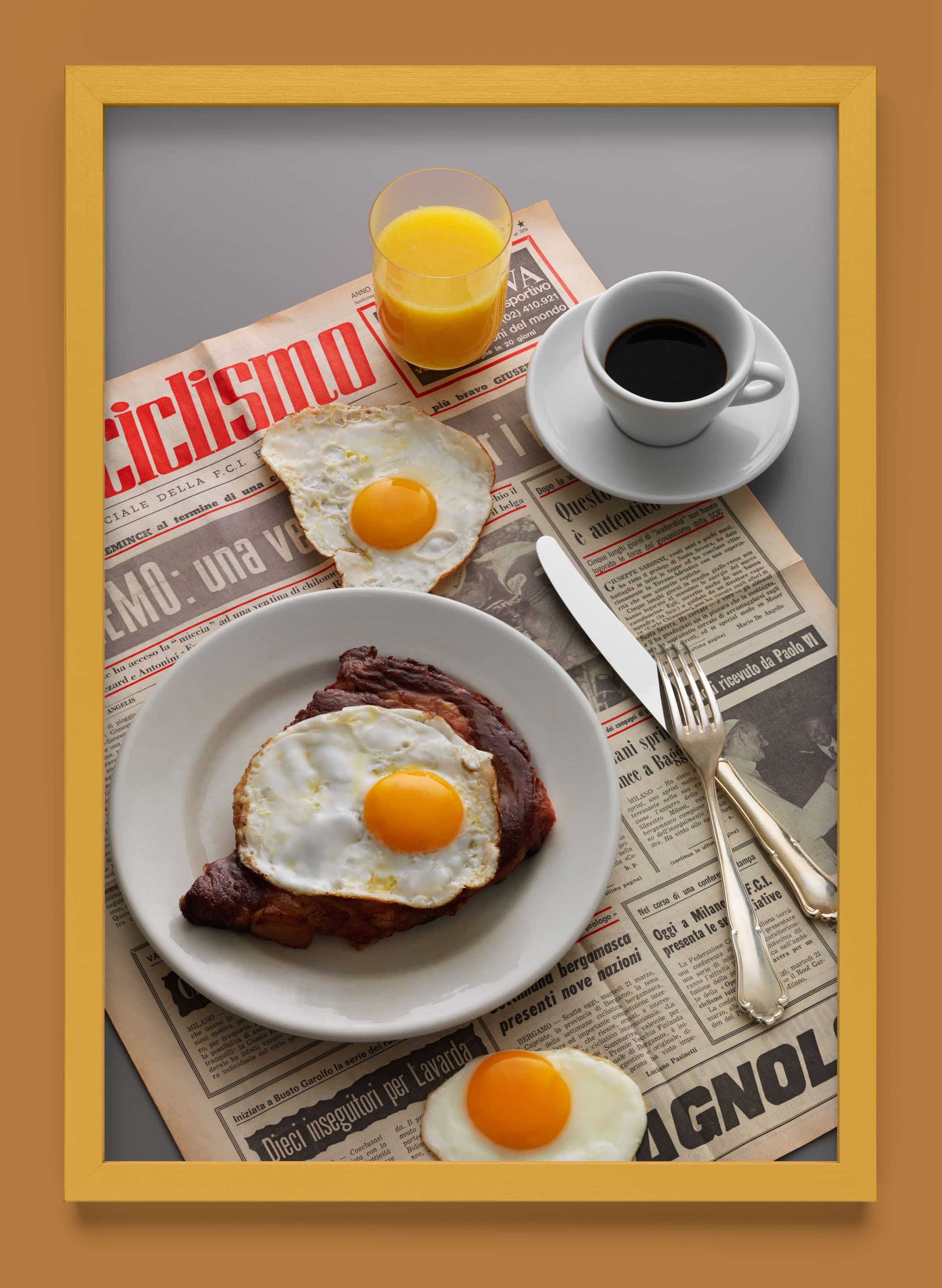
Roger De Vlaeminck, Steak/Eggs
In Jørgen Leth's masterpiece of cycle-racing cinema 'A Sunday in Hell', the narrator intones: "A rare steak is a good breakfast for what lies ahead." These days steak might not be on the menu for the professionals, but protein plays a pivotal role in performance. Before chamois inserts were introduced, raw cuts of steak were said to have been used by riders in the early days to pad their shorts. This would also have saved the chef time when it came to tenderising the meat.
Words by Joe Hall
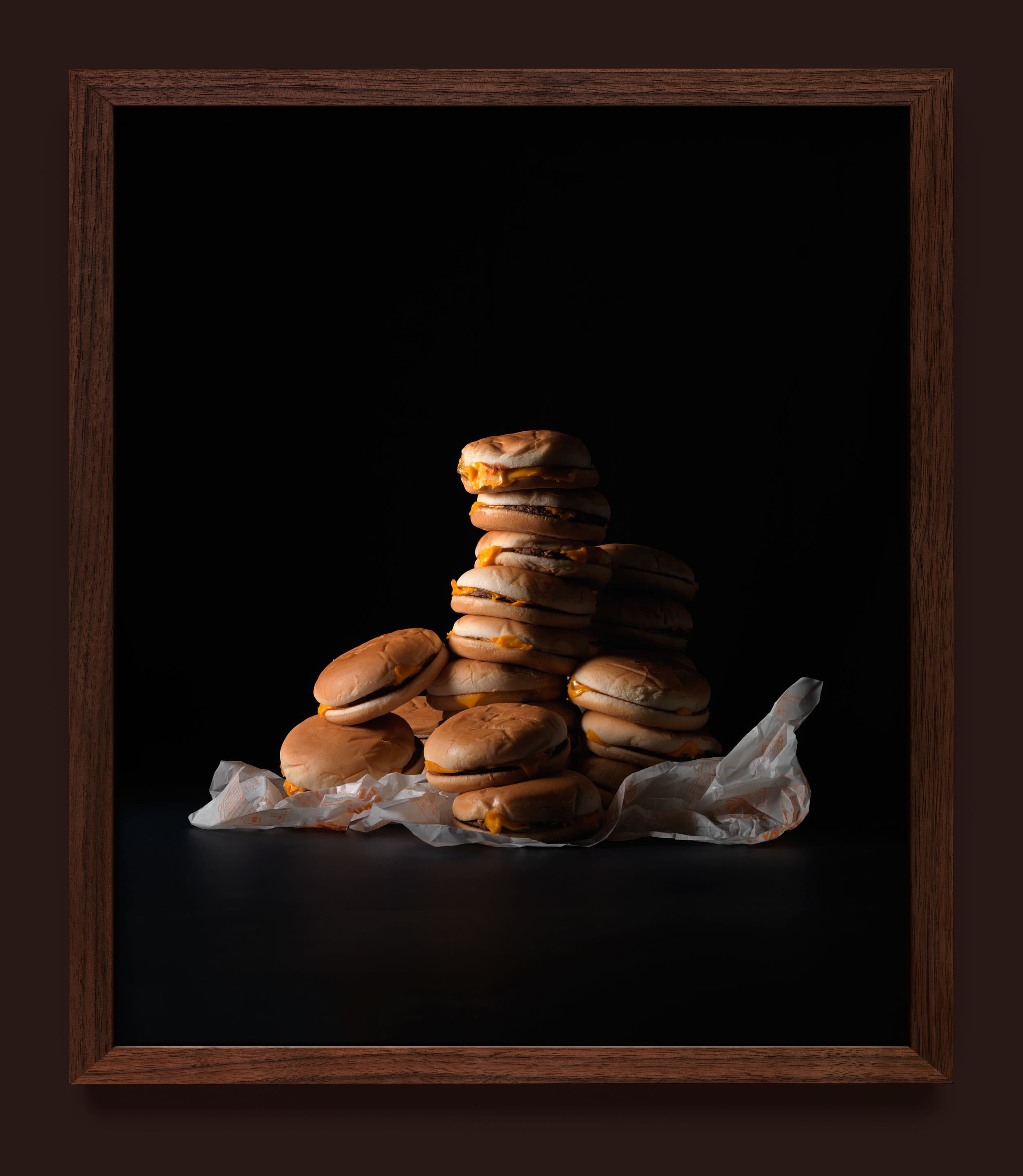
Greg LeMond, Cheeseburgers
The calories consumed by a cyclist in the Tour de France are equivalent to 25 cheeseburgers a day. The quintessentially American dish of meat in bread - protein and carbs - is a near-perfect means of reducing calorie debt. Moving from California to France in the early 1980s, Greg LeMond was the new kid on the block, but he kept hold of his cultural heritage: “If I felt like a cheeseburger, I'd eat a cheeseburger. It didn't
affect my performance."
Words by Joe Hall
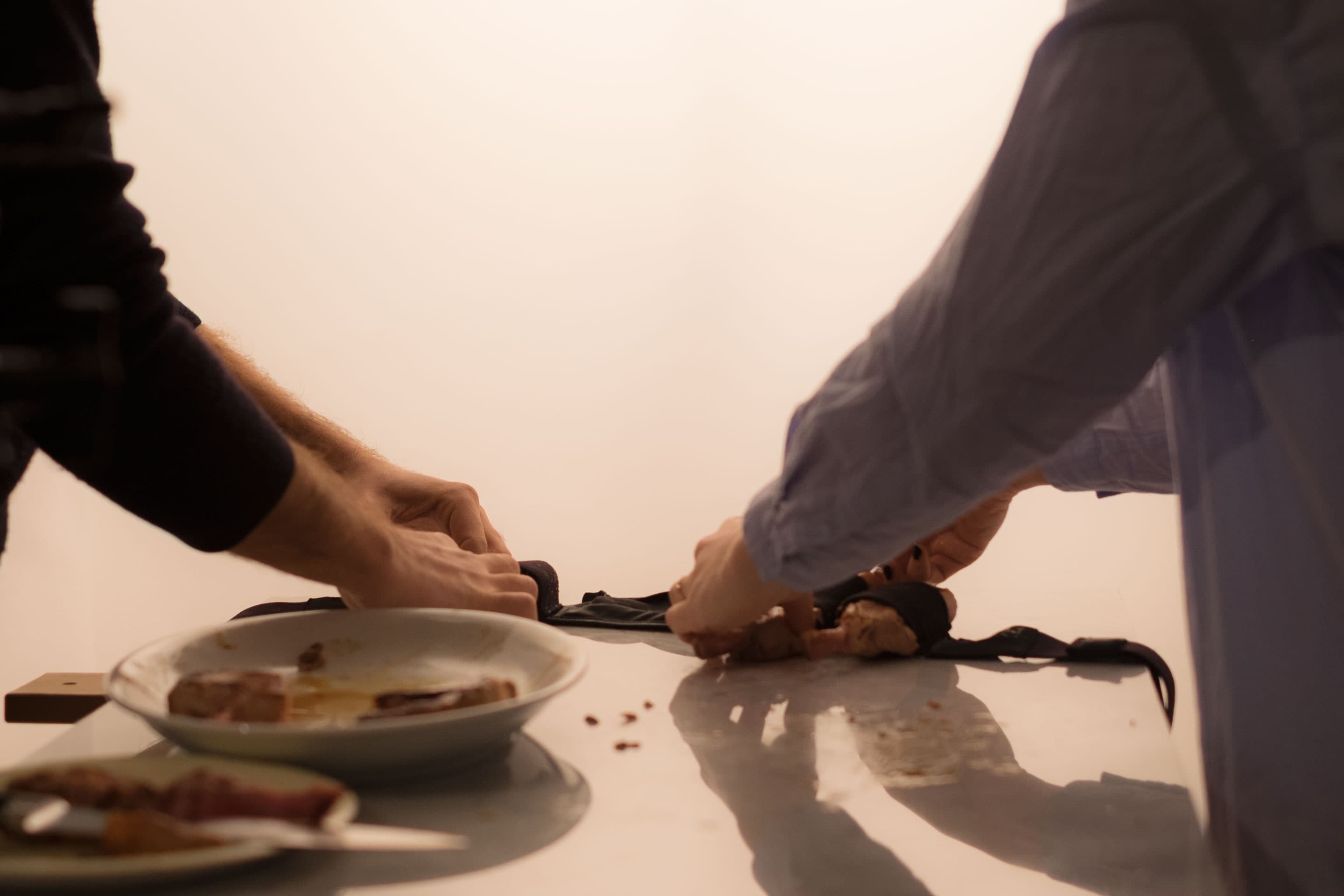
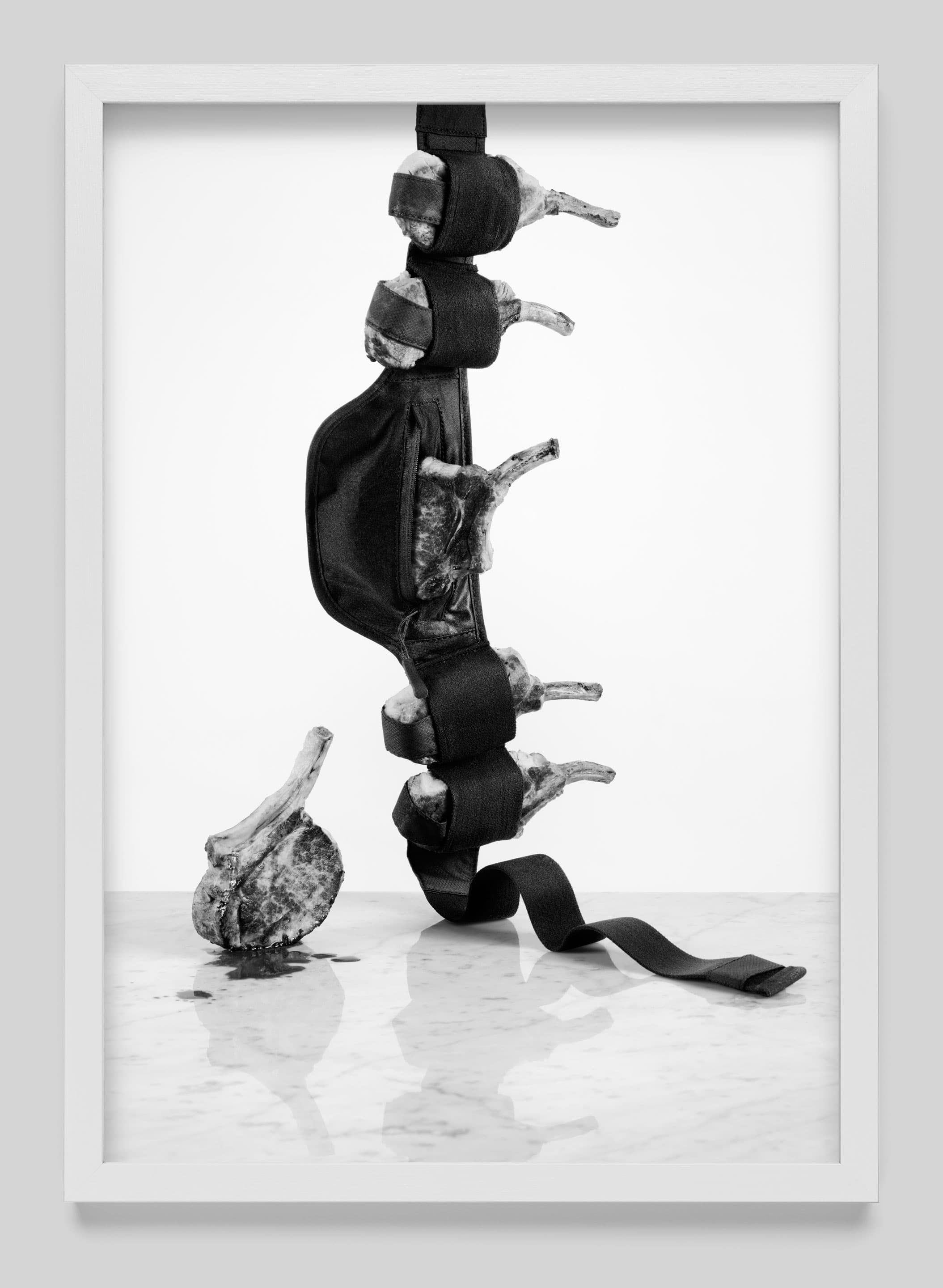
Octave Lapize, Pork chops
When Octave Lapize set out on the notorious 326 km stage of the 1910 Tour de France, he supposedly crammed 12 pork chops into his jersey pocket. Facing more than 5,000 metres of climbing riding a fixed gear, it is debatable whether this would have been enough to keep him going. It is no wonder that, at the top of the Col d'Aubisque, he shouted at race offcials: "Vous êtes des assassins!" ("You are murderers!")
Words by Joe Hall
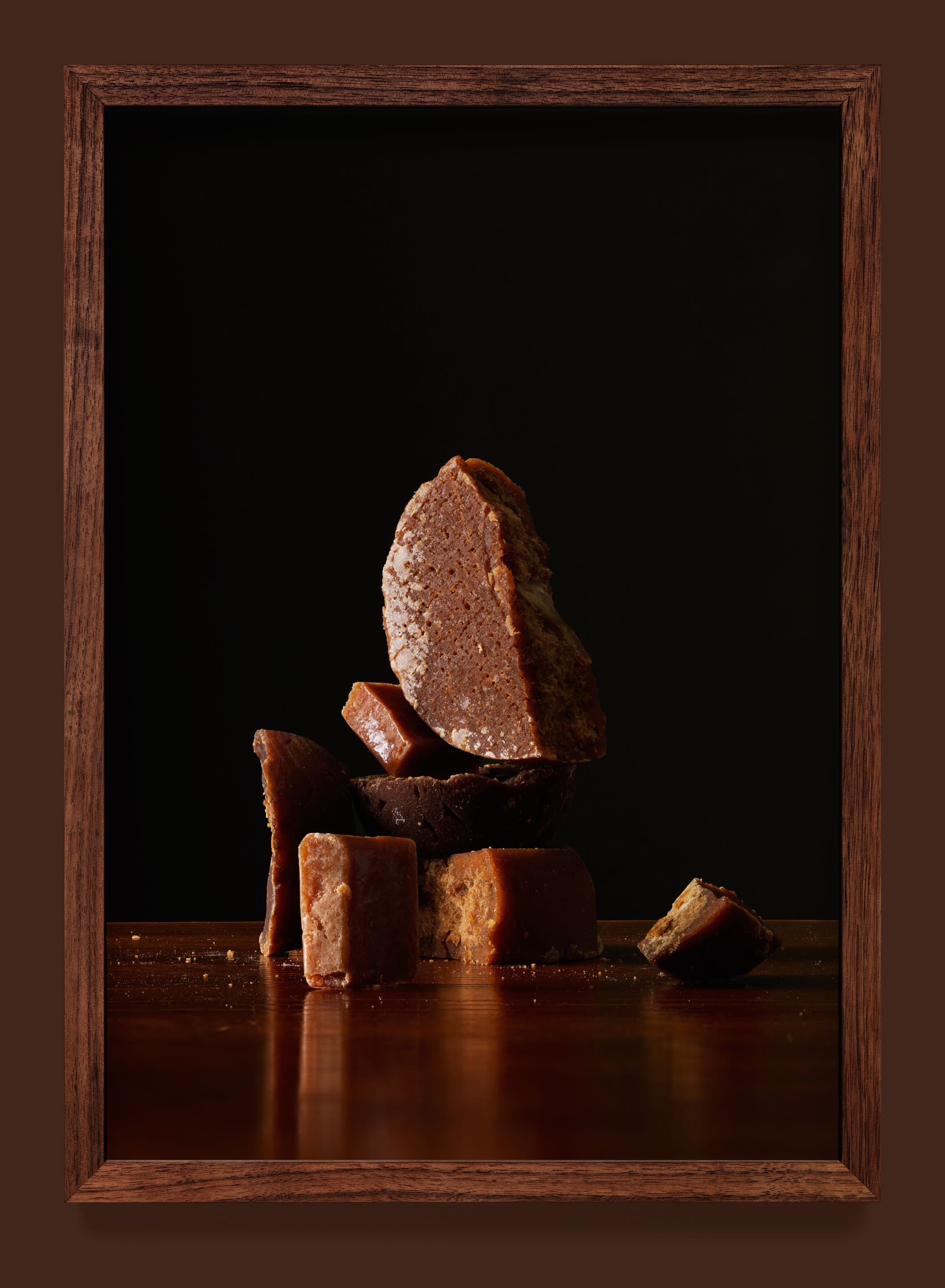
Luis Herrea, Panela
The arrival of Colombia's climbers at the grand tours in the 1980s caused consternation, and not just because of their prowess in the mountains. WHen riders were seen consuming a strange, browns substance some accused the South Americans for doping. But the offending foodstuff was panela, unrefined blocks of sugar enjoyed by everyone in Colombia
Words by Joe Hall
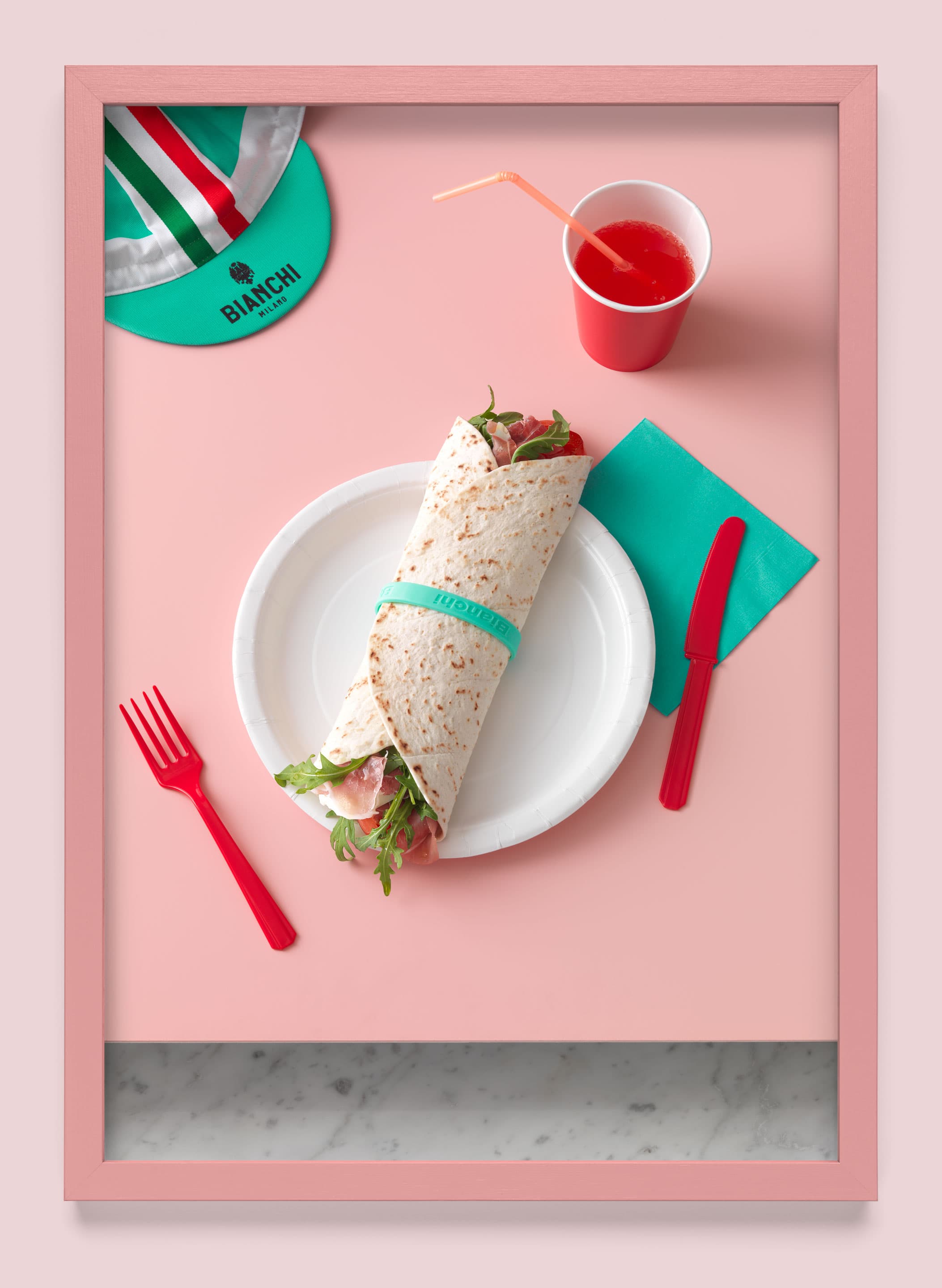
Marco Pantani, Piadina
Marco Pantani is associated with the consumption of non-food items but his mother, Antonina, had a piadina kiosk in their hometown of Cesenatico. Marco would often stop
by there after training rides, and when he won the Giro in August 1998 more than 50,000 fans flocked to the town, and every kiosk distributed these flatbread wraps free during the celebrations. The then Italian prime minister Romano Prodi declared Pantani was "the ideal of the healthy, true sportsman who wins by his exertions on his bike".
Words by Joe Hall
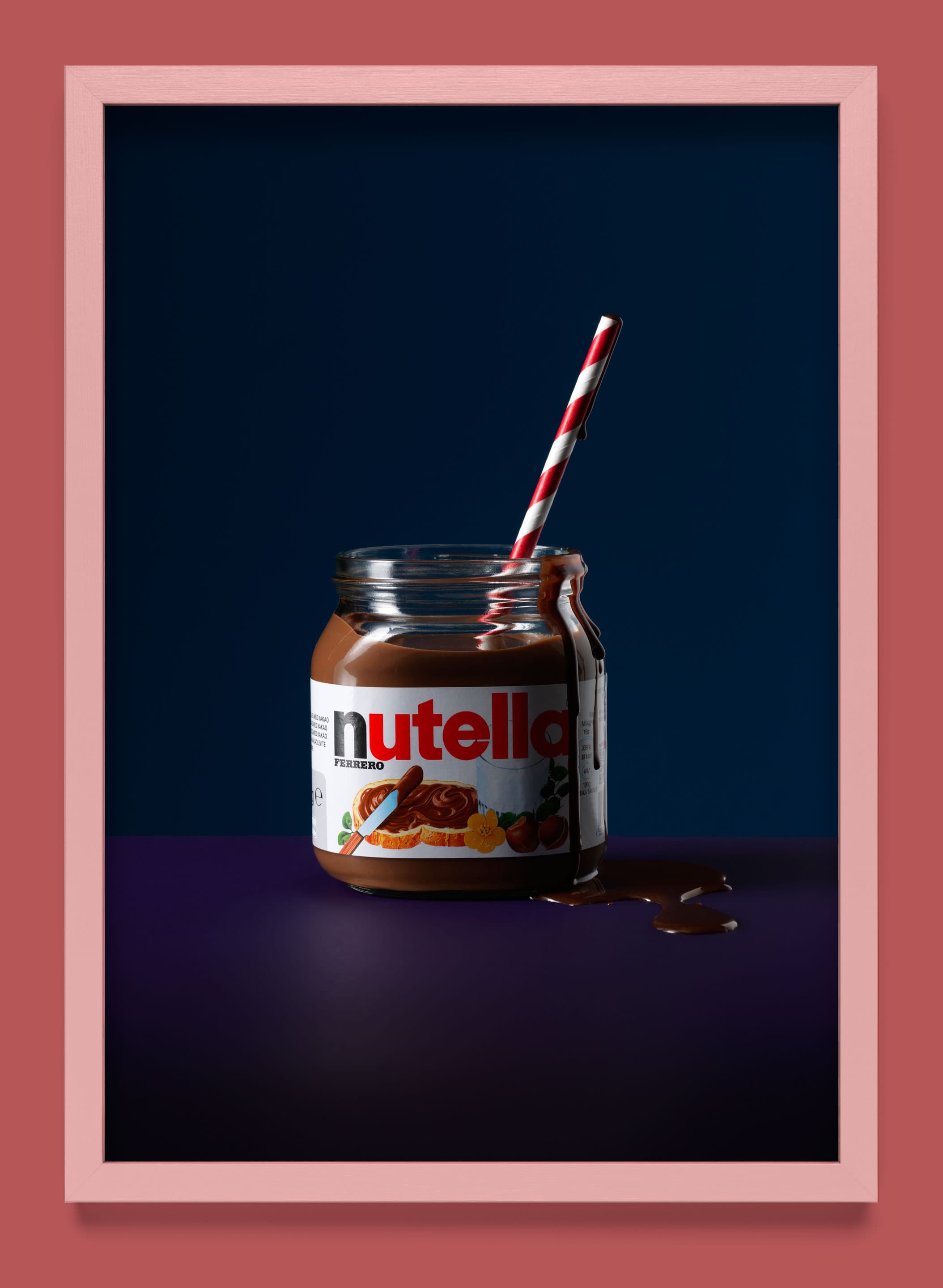
Jan Ullrich, Nutella
Jan Ullrich, or 'The Kaiser' as he is affectionately nicknamed, was known for unorthodox off-season indulgences. One of the more bizarre rumours was that the German's recovery technique during winter training blocks was to nuke whole jars of Nutella, the ubiquitous and highly calorific European spread, in the microwave then drink the liquefied substance through a straw.
Words by Joe Hall
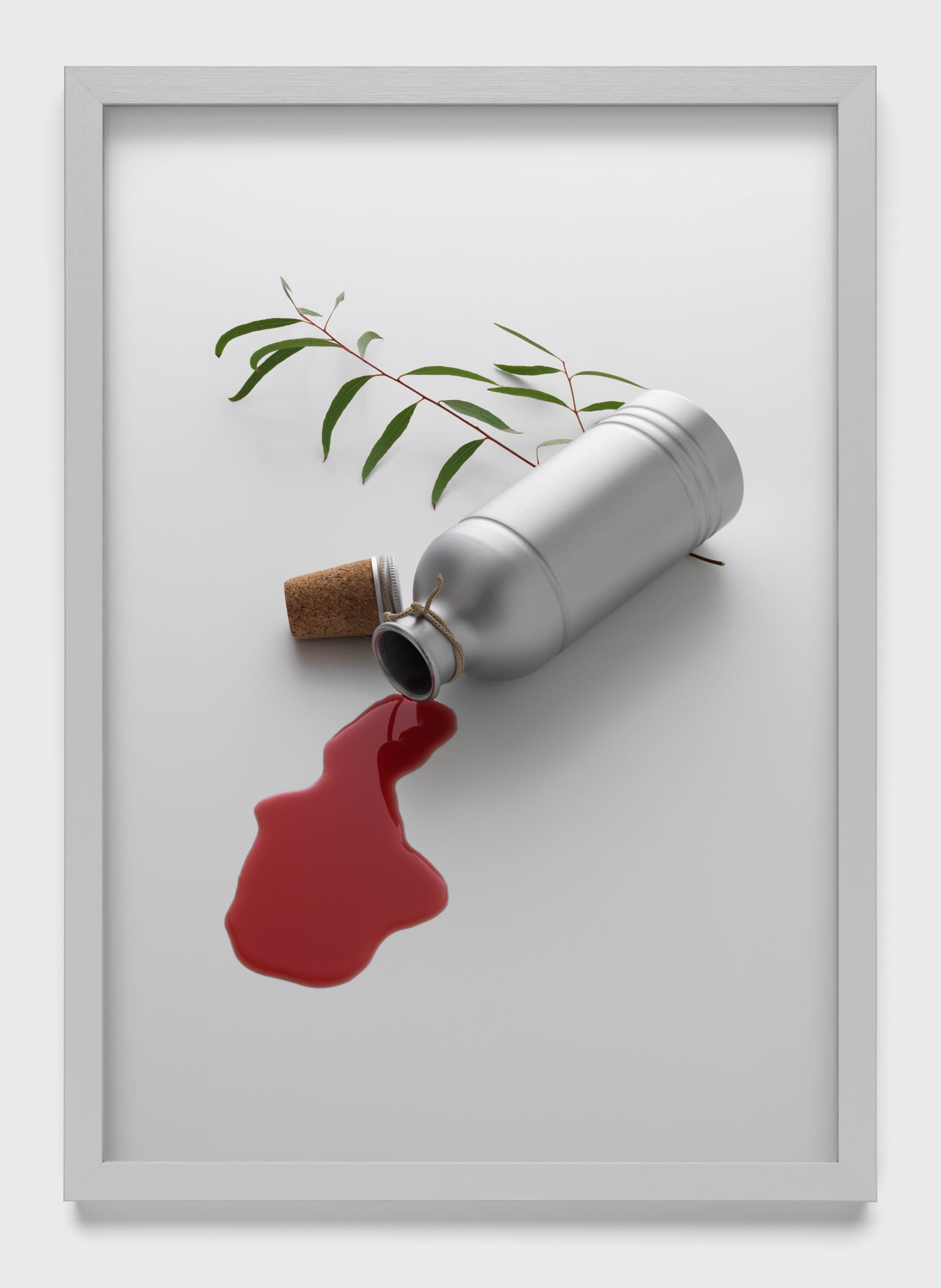
Abdel Kader Zaaf, Bidon
Abdel-Kader Zaaf, an Algerian Muslim, and his team-mate Marcel Molinès escaped up the road on a stage of the 1950 Tour through the Languedoc and Provence. It was a hot day and Zaaf quenched his thirst about 30 km from the nish. Myth has it that the bidon he took was filled with local wine and that Zaaf, a non-drinker, collapsed drunk and was left to sleep it off under a tree. When he came to, the peloton long gone, he resumed racing in the wrong direction.
Words by Joe Hall
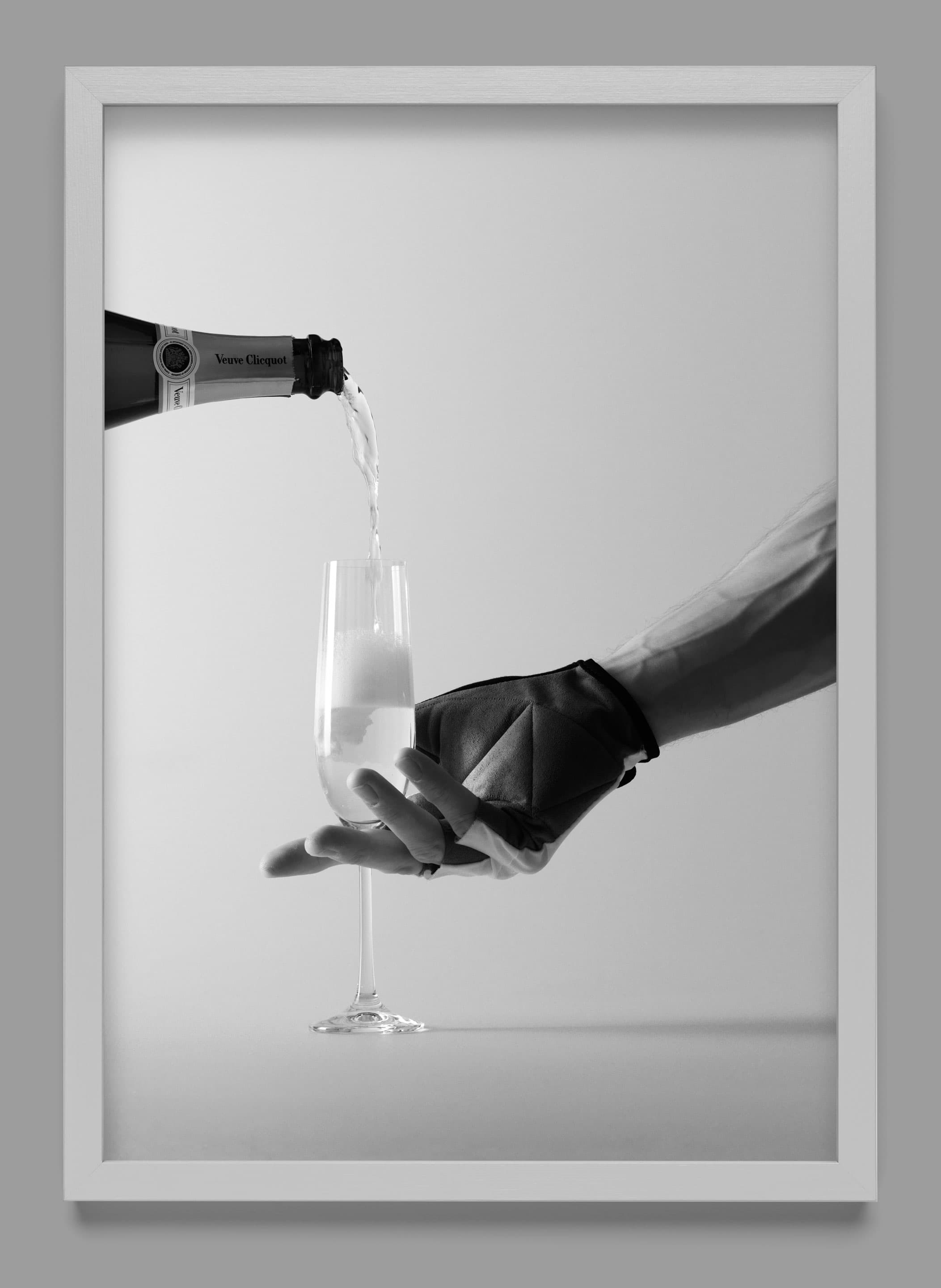
Jacques Anquetil, Champagne
Jacques Anquetil was well known as a 'bon vivant', and champagne allegedly helped him to his fifth and last Tour de France victory, in 1964. Having been dropped on one stage by his perennial rival Raymond Poulidor, Anquetil revived after apparently being offered a slug of champagne from the window of his team car. Anquetil caught Poulidor on the next descent.
Words by Joe Hall